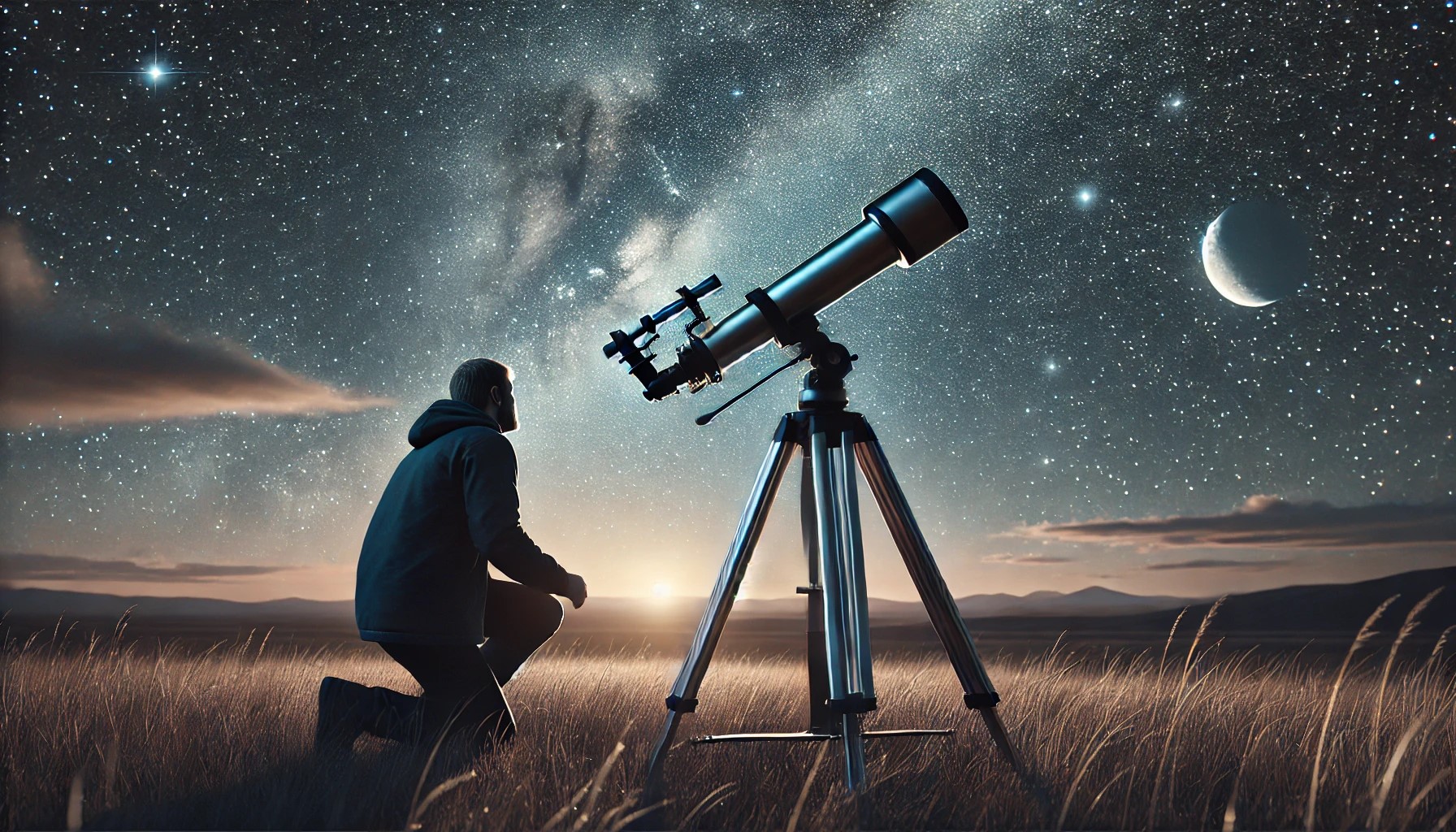Choosing a first telescope requires balancing expectations, budget, and interests. The best telescope is the one that gets used, so prioritizing ease of use and practicality over raw power is a smart approach.
Types of Telescopes
Understanding the different types of telescopes makes the selection process easier. Each design has strengths and trade-offs.
Refractor Telescopes
- Uses lenses to gather and focus light.
- Provides sharp, high-contrast images.
- Low maintenance due to sealed optics.
- Typically more expensive per inch of aperture.
Reflector Telescopes
- Uses mirrors instead of lenses.
- More affordable for larger apertures.
- Requires occasional mirror alignment (collimation).
- Open tube design can lead to dust accumulation.
Compound (Catadioptric) Telescopes
- Combines lenses and mirrors.
- More compact and portable.
- Generally higher cost.
- Versatile for both planetary and deep-sky viewing.
Key Factors to Consider
Aperture Size
Aperture (diameter of the main lens or mirror) determines how much light the telescope gathers. A larger aperture provides brighter and more detailed images.
- Small (60-90mm): Good for the Moon and planets.
- Medium (100-150mm): Ideal for planetary details and some deep-sky objects.
- Large (200mm+): Best for deep-sky viewing but requires more storage and transport effort.
Focal Length and Magnification
Focal length affects magnification potential and field of view. Longer focal lengths provide higher magnification, while shorter ones offer a wider field for viewing star clusters and galaxies.
Magnification is determined by dividing the telescope’s focal length by the eyepiece’s focal length. High magnification isn’t always better; atmospheric conditions and optical quality matter more.
Mount Types
A stable mount is just as important as the telescope itself.
- Altazimuth (AZ) Mounts: Simple up-down, left-right movement; great for beginners.
- Equatorial (EQ) Mounts: Aligned with Earth’s axis for smooth tracking of celestial objects.
- Dobsonian Mounts: A type of altazimuth mount, ideal for large reflectors and easy manual tracking.
- Computerized (GoTo) Mounts: Automatically tracks objects but adds complexity and cost.
Practical Considerations
Portability and Storage
Large telescopes capture more light but can be difficult to transport and store. If space is limited or frequent travel is planned, a compact model with a sturdy carrying case is a practical choice.
Ease of Use
A telescope that takes too long to set up may end up collecting dust. Simplicity leads to more frequent use. Manual mounts teach navigation skills, while computerized mounts assist with object location.
Budget and Accessories
A higher budget allows for better optics, but even an entry-level telescope can provide rewarding views with the right expectations.
Must-have accessories:
- Eyepieces: A variety of focal lengths provide different magnifications.
- Finder Scope or Red Dot Finder: Helps locate objects before viewing through the main scope.
- Barlow Lens: Doubles or triples magnification of eyepieces.
- Filters: Enhance details in planets, the Moon, and nebulae.
Recommended Beginner Telescopes
Budget-Friendly Options
- Orion SkyScanner 100mm (Reflector): Portable and easy to use.
- Celestron AstroMaster 70AZ (Refractor): Great for planetary viewing.
Mid-Range Choices
- Zhumell Z130 (Dobsonian Reflector): Solid optics, user-friendly.
- Celestron NexStar 4SE (Compound): Compact with GoTo tracking.
Higher-End Starter Models
- Sky-Watcher 8″ Dobsonian: Excellent deep-sky capability.
- Celestron NexStar 6SE: Computerized with strong optics.
Final Thoughts
The best telescope depends on interests, viewing conditions, and ease of use. Beginners benefit from starting with a model that offers a balance of affordability, portability, and optical quality. Choosing wisely leads to a rewarding stargazing experience that keeps curiosity growing.
